By Rami Moorosi
Just like your interiors, art can be used in the garden to give it character or even create striking focal points.
Outdoor art comes in many forms that can be generally catergorised into two broad groups – hardscapes and softcapes. Hardscaping elements can include statues, decorative pots, urns, water features and even outdoor furniture.
“Softscape garden art usually takes the form of topiary, where plants are trimmed to create neat, natural forms. Lollipops and formal hedges are typical examples of topiary, but more ambitious gardeners will tackle substantially more complex figures such as spirals or figurines,” explains Craig de Necker from The Friendly Plant. Artistic hardscaping elements can be used to carry a theme from the house through to the garden, or they can be used to create a completely different theme in the garden.
Garden art can also be used to provide a focal point or it can be the string that pulls the theme together. One way to create a focal point is to use the garden layout and types of plants to frame the art piece or provide it with a green, colourful or textured backdrop.
You can even go further by including a pathway that leads to the section of the garden where the artwork is situated. Soft lighting can also be included along the path for a striking effect.
“Lighting not only makes outdoor art visible, but if executed correctly, it also enhances its appearance. For example, by lighting a statue with a single spot light, one makes the piece visible, but it tends to give the object a ‘flat’ look. In order to provide a far more three-dimensional view, two spotlights can be aimed at the artwork, one to the left and one to the right of the piece. These multiple light sources create depth and a three-dimensional look, thereby making the most of the artwork,” adds Craig.
“Try to place your sculptures so that they stand out as focal points throughout your garden, creating as many view lines as you can from inside and outside your house. Many homes have patios so it’s easy to find or create areas for sculptures where they form part of the inside and outside,” adds Regardt van der Meulen of MDVR Design.
Smaller items such as pots normally work well in small groups, while larger items such water features and statues usually work better in isolation in order to maximise their effect. When deciding on an appropriate piece for you home, Heidi Hadaway of Heidi Hadaway Sculpture says: “Let your own creativity flow to create your special feature for your garden, whether it is a representational piece like your kids playing in the garden, birds in flight, or a flowing abstract design to complement the contours of your garden.”
When it doubt remember to keep it simple; your ultimate goal should be to create a tranquil space that is balanced and harmonious.


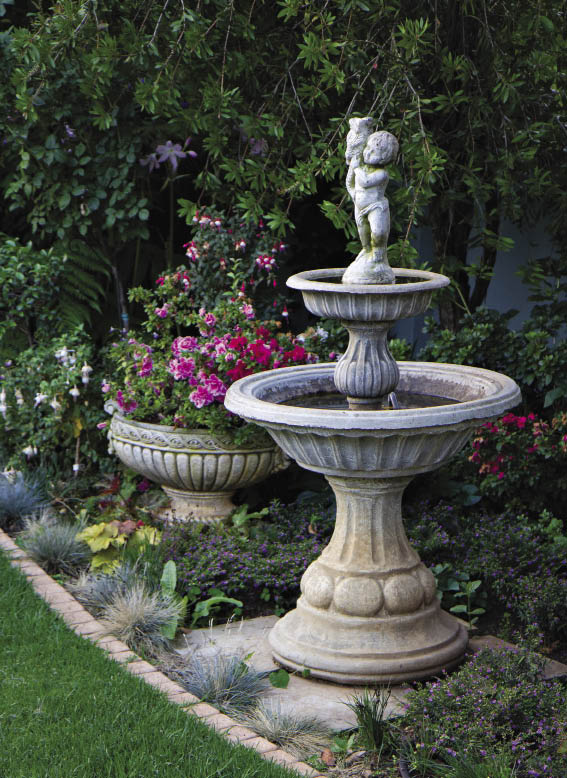








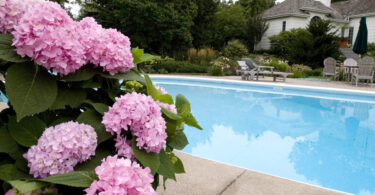
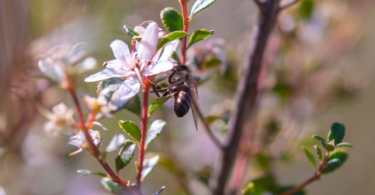
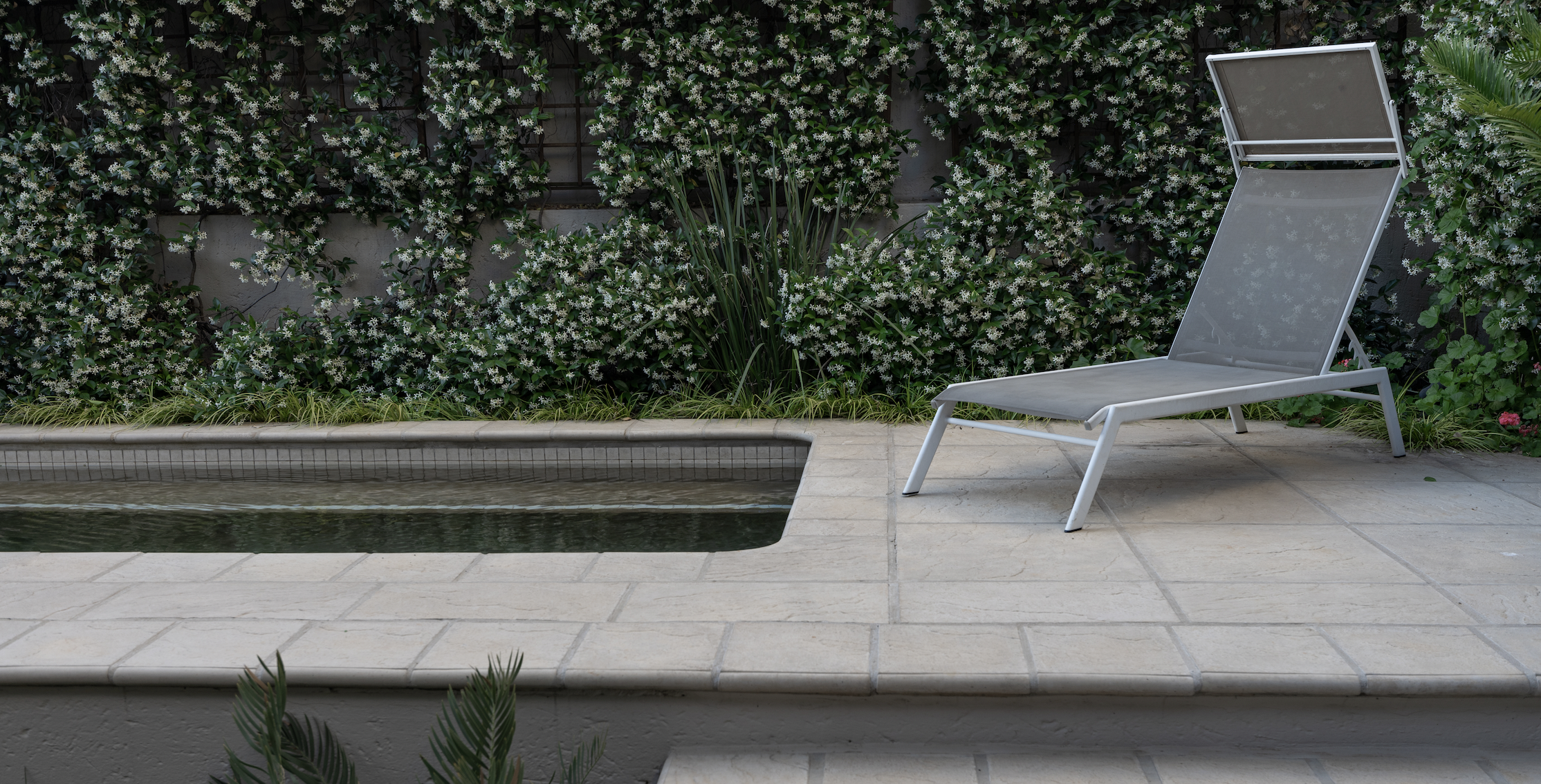

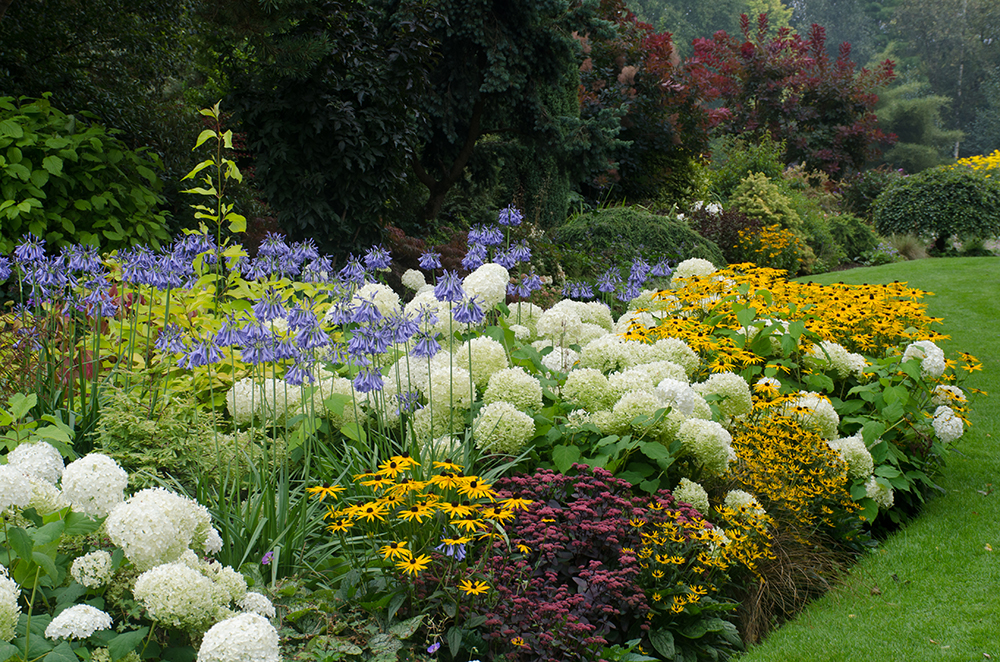
Leave a Comment